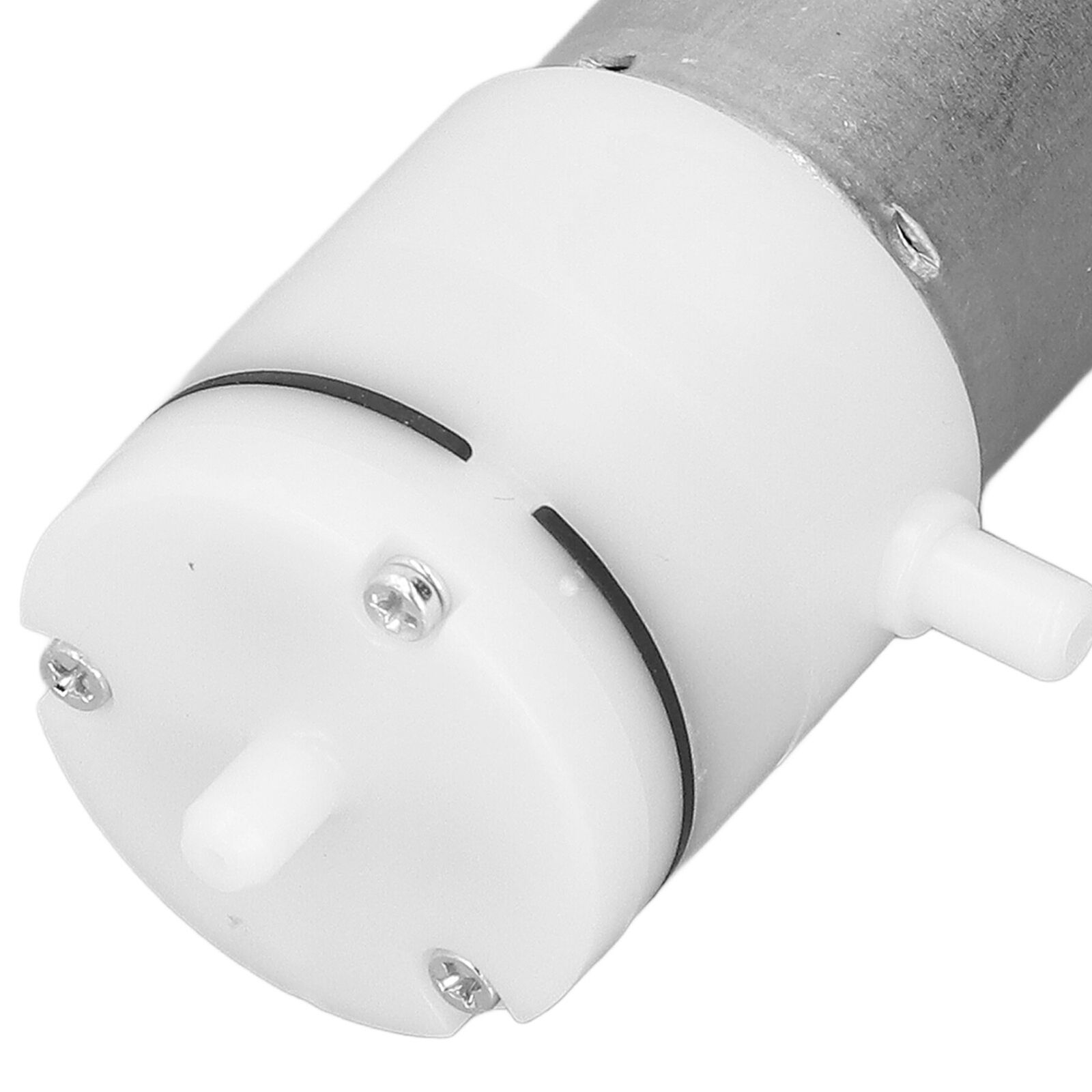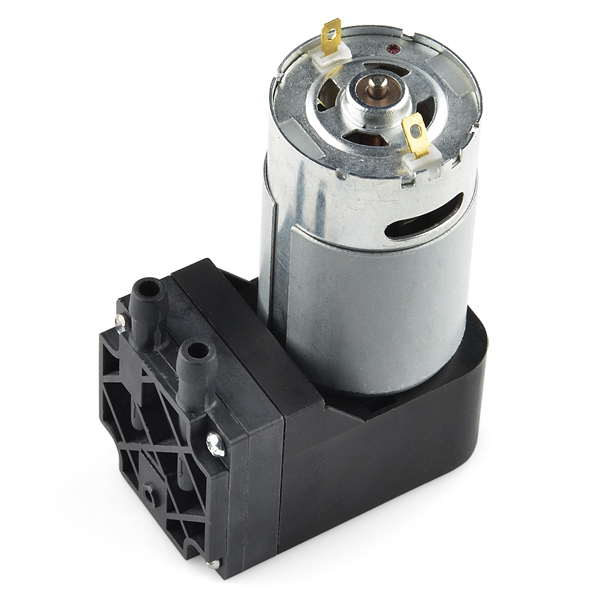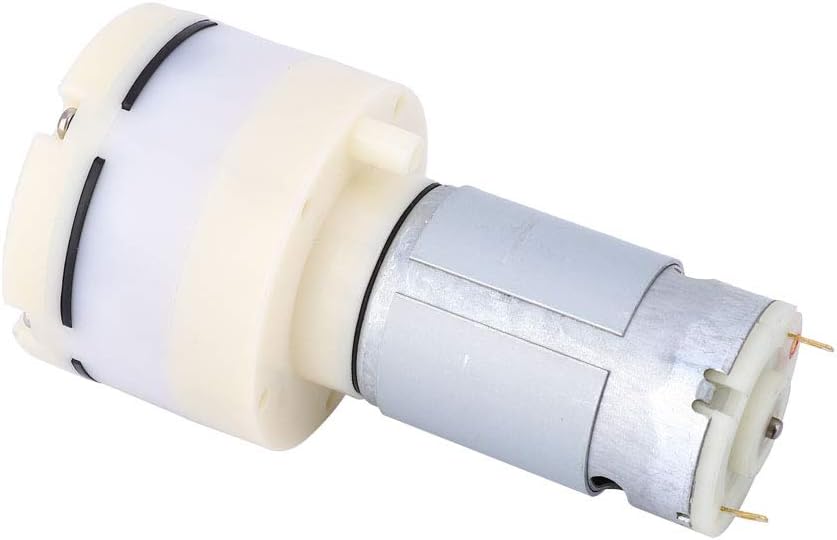Product Description
Product Description
SHZ-D(III) table type anti-corrosion circulating water vacuum pump is on basis of multiple purpose circulating water vacuum pump, considered from the small laboratory area, referred to Japanese table model pump, and make improvements of one-time molding shell and reduced volume. SHZ-D(III) table type anti-corrosion circulating water vacuum pump has features of small volume, light weight, beautiful appearance, double-meter and double-end air exhausting, four-meter and four-end, it’s a multiple purpose vacuum pump whose both sides are the same, which is not only convenient for teacher to demonstrate, but also for students to turn on/off from any side.
SHZ-D(III) table type anti-corrosion circulating water vacuum pump’s engine body has double tapping, can be single used or parallel used with 2 vacuum meter. Main engine is made from stainless steel movement and anti-corrosion movement. It embraces advantages of anti-corrosion, no pollution, low noise and convenient to move, can also add vacuum control valve according to client needs. SHZ-D(III) table type anti-corrosion circulating water vacuum pump enables 4 students to conduct chemical experiments at the same time, and shrank experiment space.
Product Features
Water-saving and recycling use. It is particularly suitable for tall building laboratory which is lack of water or insufficient water pressure. After testing in 1 working day, continuous use may save water more than 8 tons.
Multi-function application. Providing vacuum conditions, as well as circulating cooling water to the reaction device. Suction air hole can work alone or in parallel operation.
Corrosion resistant, free-pollution, stable performance, low noise and durable.
The water vacuum pumps use water as the working fluid, adopt fluidicsto form negative pressure. The motor is made of stainless steel or anti-corrosion material.
Our Advantages
The circulating water vacuum pump uses the rotation of the motor to drive the circulating water and extract the gas in the connecting system, which has achieved the purpose of gradually reducing the pressure in the system. At present, the circulating water pump is often used in the laboratory for decompression filtration and other operations.
- The water saving effect is obvious. Due to the water circulation operation, the water added to the water tank can be cycled back and forth, which overcomes the phenomenon of wasting a lot of water when the tap water method is directly vacuuming.
- Multifunctional comprehensive application. In addition to providing vacuum conditions, this machine can also automatically circulate water externally to provide circulating cooling water for the reaction device.
- Fashionable and easy to use.
- The machine is equipped with 5 suction nozzles, which can be used to pump air separately or observe the vacuum degree at the same time.
- Corrosion resistance, no pollution. The pump parts of this machine are made of stainless steel, and the water tank is made of ABS plastic. It is formed in 1 time and is not affected by corrosive substances such as acid and alkali.
Product Parameters
| Product Model | SHZ-DIII |
| Power | 370W |
| Power Supply | 220V |
| Flow | 40L/MIN |
| Head | 12M |
| Pump Head Material | Corrosion resistant |
| Pump Head | 4 pieces |
| Sucking Rate | 10L/MIN |
| Vacuum Degree | 0.098MPA |
| Volume | 15L |
| Dimension | 520mm*440mm*350mm |
Product Details
| After-sales Service: | 1 Year |
|---|---|
| Warranty: | 1 Year |
| Structure: | Rotary Vacuum Pump |
| Samples: |
US$ 179/Piece
1 Piece(Min.Order) | Order Sample |
|---|
.shipping-cost-tm .tm-status-off{background: none;padding:0;color: #1470cc}
| Shipping Cost:
Estimated freight per unit. |
about shipping cost and estimated delivery time. |
|---|
| Payment Method: |
|
|---|---|
|
Initial Payment Full Payment |
| Currency: | US$ |
|---|
| Return&refunds: | You can apply for a refund up to 30 days after receipt of the products. |
|---|

Are there any environmentally friendly options among small vacuum pumps?
Yes, there are environmentally friendly options among small vacuum pumps that aim to minimize their impact on the environment. These options are designed to be energy-efficient, reduce emissions, and use sustainable materials. Here are some eco-friendly aspects to consider when choosing small vacuum pumps:
1. Oil-Free Vacuum Pumps:
Oil-free vacuum pumps are considered more environmentally friendly than oil-lubricated pumps. They eliminate the need for oil changes and reduce the risk of oil contamination in the environment. Oil-free pumps are commonly used in laboratories, medical equipment, and industries with stringent environmental regulations.
2. Energy Efficiency:
Energy-efficient vacuum pumps consume less electricity, which not only reduces operating costs but also lowers greenhouse gas emissions associated with power generation. Look for pumps with high energy efficiency ratings, and consider those equipped with variable speed drives (VSDs) that adjust power consumption according to demand.
3. Noise Reduction:
Quieter vacuum pumps contribute to a more pleasant and less disruptive work environment. Low-noise pumps are designed with noise reduction features, making them suitable for noise-sensitive areas and minimizing noise pollution.
4. Longevity and Durability:
Vacuum pumps built to last have a longer service life, reducing the frequency of replacements and the associated environmental impact. Durable pumps also help reduce waste and resource consumption.
5. Sustainable Materials:
Some manufacturers prioritize the use of sustainable and recyclable materials in their pump designs. Check if a pump is made from environmentally friendly materials and if the manufacturer has sustainable practices in place.
6. Compliance with Environmental Standards:
Choose vacuum pumps that meet or exceed environmental standards and regulations, such as RoHS (Restriction of Hazardous Substances) and REACH (Registration, Evaluation, Authorization, and Restriction of Chemicals). Compliance indicates a commitment to environmental responsibility.
7. Emission Reduction:
Certain vacuum pump technologies, like dry screw pumps, are designed to minimize emissions and ensure that no harmful substances are released into the atmosphere during operation.
8. Recycling and Disposal:
Consider the ease of recycling or disposing of a vacuum pump at the end of its life cycle. Some manufacturers provide recycling programs for their products, reducing the environmental impact of disposal.
When selecting an environmentally friendly small vacuum pump, it’s essential to research the manufacturer’s sustainability practices, review product specifications, and look for certifications that indicate eco-friendly features. Additionally, consider how the pump’s performance and efficiency align with your specific application needs while keeping environmental considerations in mind.
By choosing environmentally friendly vacuum pumps, you can reduce your carbon footprint, lower operating costs, and contribute to a more sustainable and responsible approach to vacuum technology.

What safety precautions should be followed when using small vacuum pumps?
Working with small vacuum pumps involves potential risks, and it’s crucial to follow safety precautions to protect personnel, equipment, and the environment. Here are important safety measures to consider when using small vacuum pumps:
1. Read the Manual:
Always read and thoroughly understand the manufacturer’s operating manual for the specific vacuum pump you are using. The manual provides essential information on safe operation, maintenance, and troubleshooting.
2. Proper Ventilation:
Ensure that the area where the vacuum pump is operated is well-ventilated. Some pumps may produce fumes, heat, or exhaust gases that need proper ventilation to dissipate. Adequate ventilation also helps prevent overheating.
3. Personal Protective Equipment (PPE):
Wear appropriate PPE, including safety goggles, gloves, lab coats, or other protective clothing, depending on the nature of the materials or substances being handled and the risks involved.
4. Electrical Safety:
If the vacuum pump is electrically powered, ensure that the electrical connections and cords are in good condition. Use ground fault circuit interrupters (GFCIs) when working with electrical equipment in wet or damp environments.
5. Leak Detection:
Regularly check for vacuum system leaks using a leak detector or soapy water solution. Leaks can compromise the vacuum level and may release hazardous gases or vapors into the environment.
6. Gas Compatibility:
Verify that the vacuum pump and its components are compatible with the gases or substances being processed. Incompatible materials can lead to chemical reactions, contamination, or equipment damage.
7. Emergency Shut-Off:
Ensure that an emergency shut-off mechanism or switch is easily accessible. Familiarize yourself with its location and how to use it in case of an emergency or equipment malfunction.
8. Secure Positioning:
Properly secure the vacuum pump to prevent it from tipping over or falling during operation. Use mounting brackets or secure it to a stable surface as needed.
9. Training and Supervision:
Ensure that personnel operating the vacuum pump are adequately trained and supervised, especially in laboratory, industrial, or medical settings. Training should cover safe operation, emergency procedures, and equipment-specific protocols.
10. Pressure Relief:
Install pressure relief valves or mechanisms to prevent over-pressurization of the system. This is particularly important when handling gases or vapors that can generate excessive pressure.
11. Regular Maintenance:
Adhere to the recommended maintenance schedule for the vacuum pump. Proper maintenance helps prevent equipment failures and unsafe conditions.
12. Emergency Response:
Have an emergency response plan in place, including knowledge of how to shut down the vacuum pump and evacuate the area in case of a hazardous situation.
13. Labels and Signage:
Clearly label the vacuum pump and associated equipment with safety instructions, warnings, and hazard information. This helps remind users of proper procedures and potential risks.
Always prioritize safety when using small vacuum pumps, and be aware of the specific risks associated with your application. Following these precautions helps mitigate potential hazards and ensures the safe operation of the equipment.

What industries commonly rely on small vacuum pumps for their operations?
Small vacuum pumps play a crucial role in various industries, offering versatile solutions for a wide range of applications. Here are industries that commonly rely on small vacuum pumps for their operations:
1. Laboratory and Scientific Research:
Small vacuum pumps are essential in laboratories for applications such as vacuum filtration, rotary evaporation, freeze drying, and sample concentration. Scientific research in fields like chemistry, biology, and physics often relies on precise vacuum control.
2. Healthcare and Medical:
In the medical and healthcare industry, small vacuum pumps are used in devices like medical aspirators, wound care systems, and diagnostic equipment. They help create the necessary vacuum for procedures such as suctioning, wound drainage, and blood collection.
3. Manufacturing and Industrial Processes:
Manufacturing industries utilize small vacuum pumps in various processes, including vacuum packaging, degassing of liquids and resins, and handling of materials. Industries such as food processing, electronics, and plastics rely on vacuum technology for efficient production.
4. HVAC and Refrigeration:
In heating, ventilation, air conditioning (HVAC), and refrigeration systems, small vacuum pumps are used for evacuating and degassing refrigerant lines. This ensures optimal system performance and prevents issues like moisture contamination.
5. Automotive and Aerospace:
The automotive and aerospace industries use small vacuum pumps in applications like power brake boosters, emission control systems, and aircraft de-icing systems. These pumps play a crucial role in ensuring safety and performance in transportation equipment.
6. Environmental Monitoring and Analysis:
Environmental monitoring equipment, including air and water quality analyzers, often relies on small vacuum pumps for sample collection and analysis. They help ensure accurate data in environmental studies and compliance monitoring.
7. Semiconductor and Electronics:
In semiconductor manufacturing and electronics assembly, small vacuum pumps are used in vacuum pick-and-place systems, surface mount technology (SMT) equipment, and wafer handling. They contribute to precision and reliability in microelectronics production.
8. Research and Development:
Research and development efforts in various industries, including materials science, nanotechnology, and aerospace, rely on small vacuum pumps for experiments and prototyping. Vacuum chambers are commonly used in R&D to simulate specific environmental conditions.
9. Pharmaceuticals and Biotechnology:
The pharmaceutical and biotechnology industries use small vacuum pumps for processes such as filtration, lyophilization (freeze drying), and drug formulation. These pumps are critical for drug manufacturing and research.
10. Food and Beverage:
In the food and beverage industry, small vacuum pumps are used in vacuum packaging machines to extend the shelf life of perishable products. They help remove air from packaging, preventing spoilage and preserving freshness.
11. Energy and Power Generation:
Small vacuum pumps are used in power plants and energy facilities for applications like turbine sealing and transformer evacuation. They contribute to the efficiency and reliability of power generation systems.
These industries rely on small vacuum pumps to perform critical functions, enhance product quality, and optimize various processes. The versatility and efficiency of small vacuum pumps make them indispensable tools in modern industrial and scientific applications.


editor by CX 2023-12-10